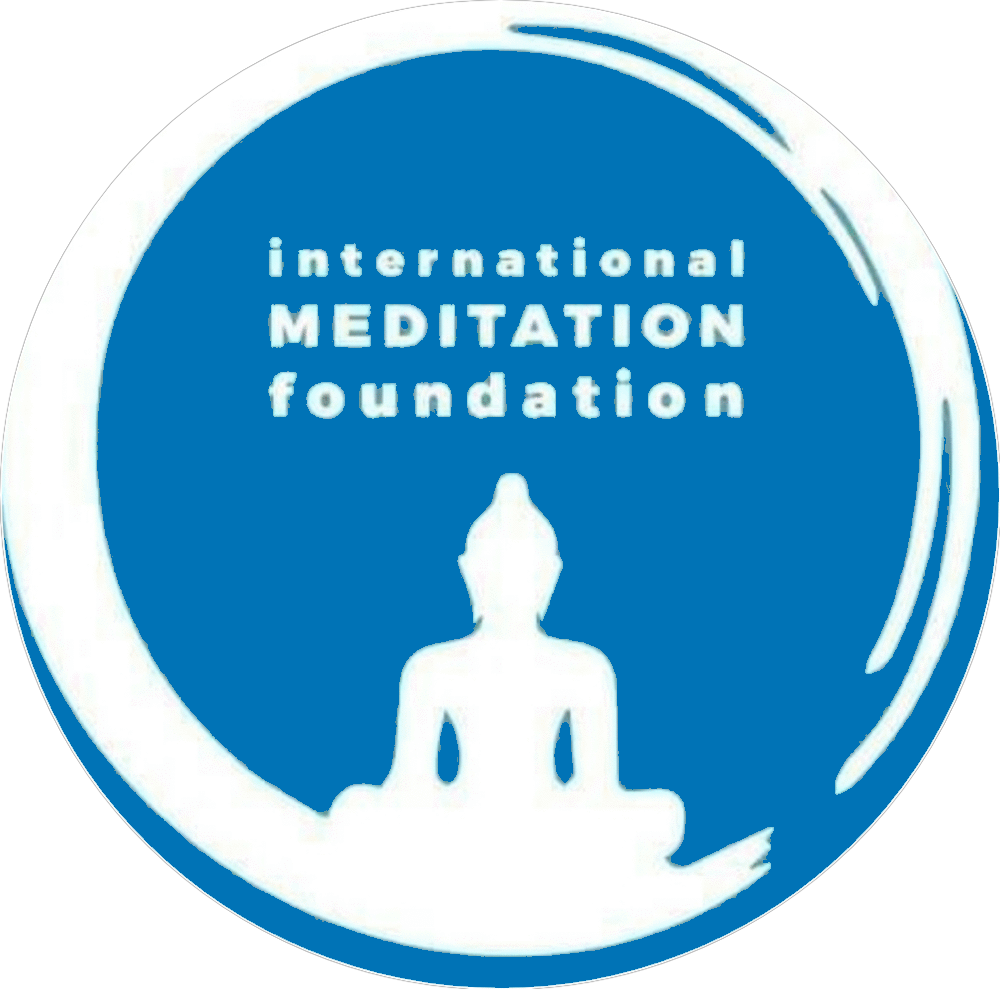The Art of Tapas: Nurturing the Inner Fire for Spiritual Growth
Tapas, often understood as “austerity,” holds a deeper meaning when we explore its roots. It is not about extreme practices that lead to misery, but rather about embracing healthier approaches that foster well-being and lasting progress. Let go of the notion of tapas as self-inflicted suffering and instead, consider it as a transformative fire that ignites our inner potential.
The word “tap” means “to burn” or “to heat,” and tapas can be seen as this fire or heat. This concept is closely related to Kundalini energy, which is often associated with fire. Through practices like Kundalini Yoga and Kriya Yoga, we awaken this inner fire, known as Kundalini. This is the essence of tapas, and it is sometimes referred to as the art of “egg hatching.”
Imagine your attention as an incubator, nurturing the potential within you. By directing your focus inward, you can awaken the Kundalini energy and give birth to the realization of your true nature as God, as infinite consciousness. Tapas, therefore, encompasses spiritual practice, which forms the foundation of all spiritual work.
Without consistent practice, progress becomes stagnant. Tapas is the fuel that propels us forward on our spiritual journey. Through dedicated practice, we elevate our life-force, clarity, and mindfulness. We cleanse both our conscious and subconscious minds, clearing away the obstacles that hinder our growth. This purification process strengthens our yearning for enlightenment and enhances our discernment and concentration.
“The life you lead conceals the light you are.”
-Sri Aurobindo
Tapas is not about forcing ourselves into rigid routines or pushing beyond our limits. It is about cultivating a sense of discipline and commitment to our spiritual growth. It is about finding balance and harmony within ourselves, recognizing the importance of self-care and self-nurturing. Tapas encourages us to listen to our bodies and minds, honoring their needs while remaining focused on our spiritual goals.
Incorporating tapas into our daily lives can take various forms. It can be as simple as setting aside a few minutes each day for meditation or engaging in activities that bring us joy and peace. It can be practicing mindfulness in our interactions with others, cultivating kindness and compassion. It can also involve studying sacred texts or engaging in self-reflection to deepen our understanding of ourselves and the world around us.
Remember, tapas is not about perfection or achieving a specific outcome. It is about the journey itself, the process of self-discovery and growth. Each step we take, no matter how small, brings us closer to our true nature and the realization of our divine potential.
So, embrace the art of tapas, the nurturing of the inner fire within you. Cultivate a regular spiritual practice that aligns with your unique needs and aspirations. Allow the flame of tapas to guide you on your path, igniting your passion for self-transformation and awakening. With dedication and perseverance, you will witness the profound impact of tapas in your life, as it leads you towards greater spiritual fulfillment and inner peace.
Remember, tapas is not about perfection or achieving a specific outcome. It is about the journey itself, the process of self-discovery and growth. Each step we take, no matter how small, brings us closer to our true nature and the realization of our divine potential.
So, embrace the art of tapas, the nurturing of the inner fire within you. Cultivate a regular spiritual practice that aligns with your unique needs and aspirations. Allow the flame of tapas to guide you on your path, igniting your passion for self-transformation and awakening. With dedication and perseverance, you will witness the profound impact of tapas in your life, as it leads you towards greater spiritual fulfillment and inner peace.
